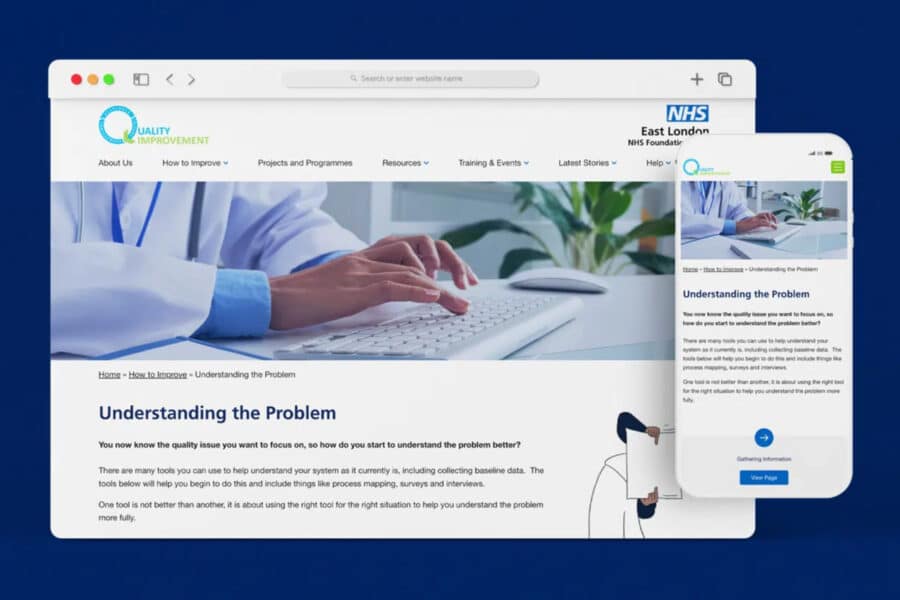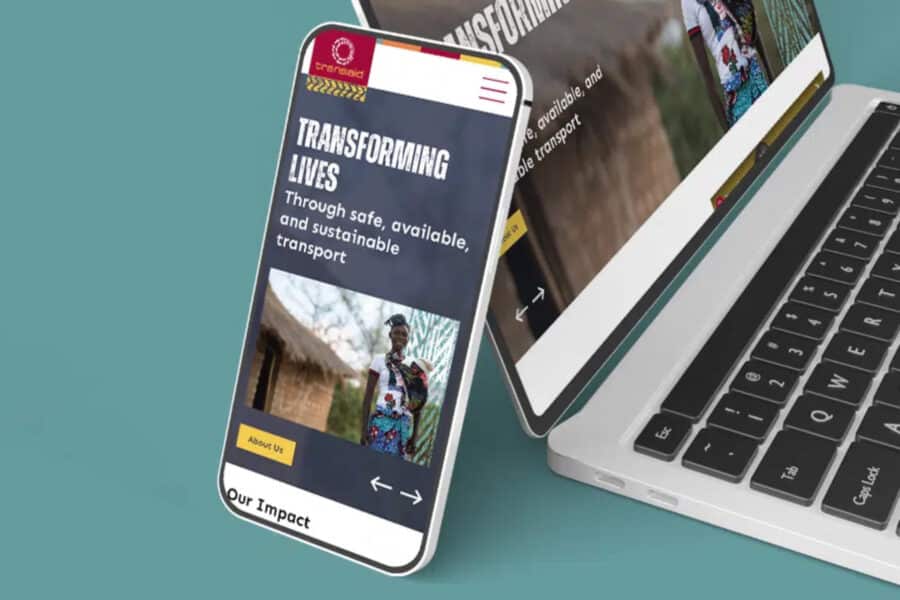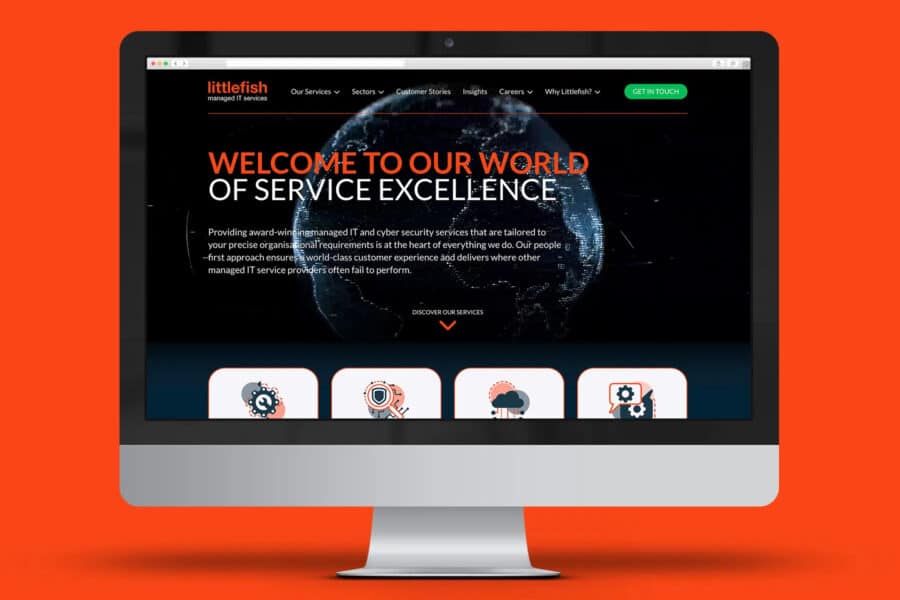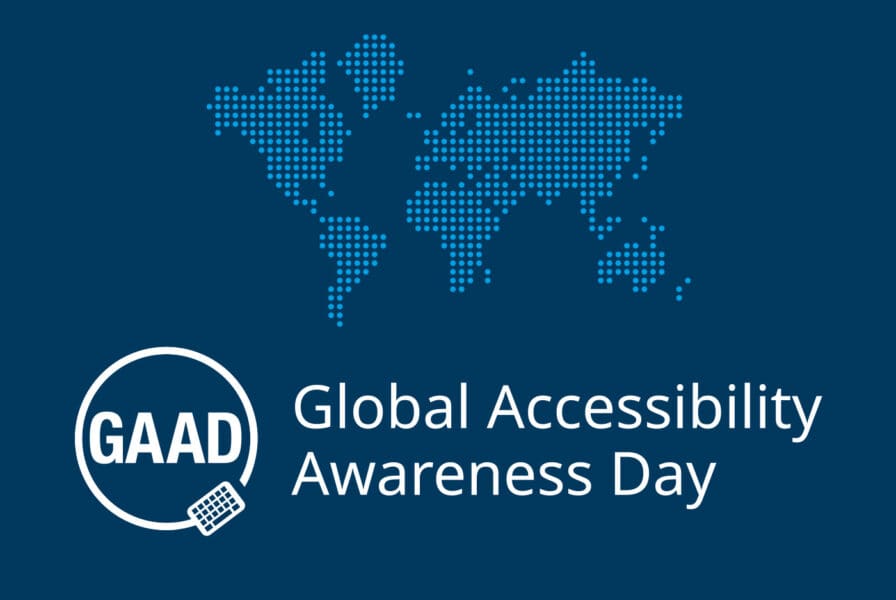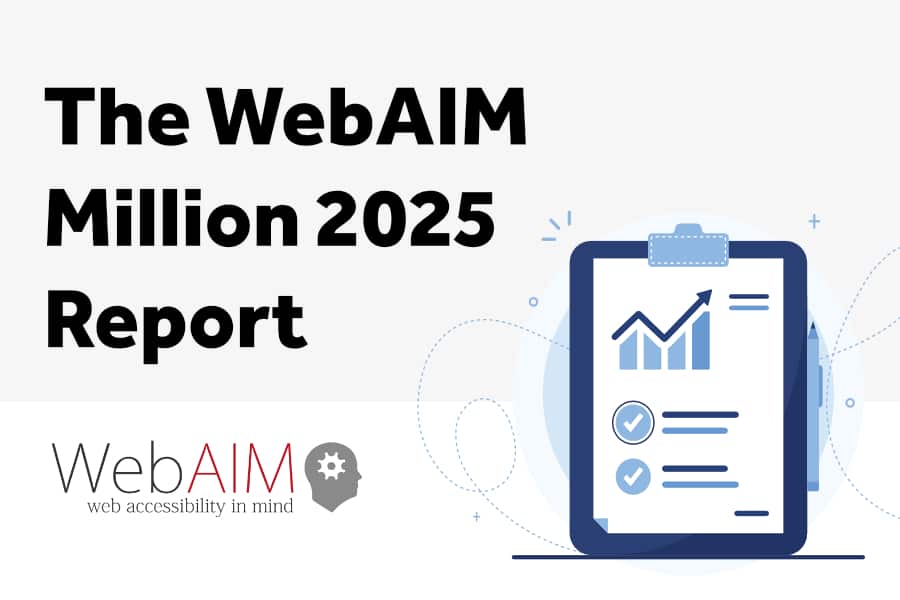Request a Proposal
>Our WCAG Accessibility Audit Services
Initial Audit
We start every WCAG accessibility audit with a comprehensive assessment of your WordPress site. Using both automated tools and manual testing, we identify barriers that impact usability for people with disabilities. From heading structures and alt text to keyboard navigation and ARIA labels, we evaluate how well your site aligns with WCAG 2.2 AA guidelines. This forms the foundation for a structured accessibility improvement plan.
Strategy & Recommendations
Following the audit, we provide clear, prioritised recommendations tailored to your website. These cover technical, structural and content-related improvements, each explained in plain terms. Whether it’s navigation changes, layout refinements or adjustments to colour contrast, our strategy outlines what needs to change, why it matters and how to do it. Everything is geared towards achieving lasting accessibility and legal compliance without disrupting your site’s design.
Implementation
Our WordPress developers take care of applying the recommended changes, from code-level fixes to structural updates. This may include improving heading hierarchies, ensuring keyboard operability and updating components to meet WCAG standards. All work is carried out with minimal disruption to your live site. We focus on maintaining your brand consistency while removing the barriers that affect real users.
Testing & Validation
Once updates are in place, we test your website using assistive technologies and manual techniques. We check all key user journeys, such as form submissions and navigation, to ensure accessibility is consistent and reliable. This validation step confirms that each change meets WCAG 2.2 AA standards in practice—not just on paper—and helps safeguard your organisation against future accessibility issues.
Ongoing Support & Maintenance
As your site evolves, accessibility needs to be maintained. We provide ongoing support to help you stay compliant with current standards, offering regular audits, guidance and technical fixes. Our team is available to review new content, troubleshoot accessibility issues and offer advice as your platform grows. This ensures long-term inclusivity for all users, no matter how your site changes over time.
-
Our WCAG Accessibility Audit Process
Ensuring your WordPress website is accessible to all users is not only a legal obligation but also a commitment to inclusivity and user experience. Priority Pixels offers a comprehensive WCAG Accessibility Audit process designed to identify and rectify accessibility issues, ensuring compliance with the latest standards.
Our process begins with an in-depth initial audit, where we assess your website’s current accessibility status. This involves testing with assistive technologies, reviewing code structures, and evaluating compliance with WCAG guidelines.
Following the audit, we provide a detailed strategy and recommendations report. This outlines the necessary adjustments, ranging from design changes to content formatting and technical fixes, all aimed at enhancing usability and compliance.
Our implementation phase involves our skilled WordPress developers making the recommended changes, ensuring that every aspect of your website meets accessibility standards. We then conduct rigorous testing and validation to confirm the effectiveness of these changes.
Finally, we offer ongoing support and maintenance to ensure your website remains compliant as standards evolve and new content is added. This includes assistance in developing an accessibility statement, providing transparency about your website’s accessibility status.
-
Initial Audit
The initial audit is a critical step in identifying the accessibility barriers present on your WordPress website. Our team conducts a comprehensive evaluation, employing both automated tools and manual testing methods to assess compliance with WCAG standards. 
We test your website using various assistive technologies, such as screen readers and keyboard navigation, to understand how users with disabilities interact with your site. This helps in pinpointing specific areas that require improvement. 
Our audit also includes a thorough review of your website’s code structure, ensuring that it adheres to best practices for accessibility. We examine elements like semantic HTML, ARIA labels, and proper heading structures. 
The findings from this audit provide a clear picture of your website’s current accessibility status, forming the foundation for the subsequent strategy and recommendations.
-
Strategy & Recommendations
Based on the initial audit findings, we develop a tailored strategy to address the identified accessibility issues. This strategy outlines specific recommendations for design adjustments, content formatting, and technical enhancements.
Our recommendations are practical and actionable, focusing on improving user experience for individuals with disabilities. We prioritize changes that will have the most significant impact on accessibility and compliance.
We also consider your business goals and user needs, ensuring that the proposed changes align with your overall objectives. Our aim is to enhance accessibility without compromising the functionality or aesthetics of your website.
This strategic approach ensures that the remediation process is efficient and effective, leading to a more inclusive online presence.
-
Implementation
During the implementation phase, our experienced WordPress developers execute the recommended changes. We focus on enhancing the website’s codebase to meet accessibility standards, ensuring that all users can navigate and interact with your site effectively. 
Key aspects of this phase include updating semantic HTML elements, adding appropriate ARIA labels, improving keyboard navigation, and adjusting color contrasts for better visibility. 
We also ensure that multimedia content, such as images and videos, includes alternative text and captions, making them accessible to users with visual or hearing impairments.
Our meticulous approach guarantees that the implemented changes not only meet compliance requirements but also enhance the overall user experience.
-
Testing & Validation
After implementing the necessary changes, we conduct rigorous testing and validation to confirm that your website meets WCAG accessibility standards. This involves both automated testing tools and manual evaluations using assistive technologies. 
We assess the effectiveness of the implemented changes by simulating real-world scenarios, ensuring that users with disabilities can navigate and interact with your website without hindrance.
Our validation process also includes checking for any new issues that may have arisen during implementation, allowing us to address them promptly.
This thorough testing ensures that your website provides an inclusive experience for all users, reinforcing your commitment to accessibility.
-
Ongoing Support & Maintenance
Accessibility is an ongoing commitment, and we provide continuous support to ensure your website remains compliant as standards evolve and new content is added. Our maintenance services include regular audits, updates, and consultations to address any emerging accessibility issues.
We also offer training for your content creators and developers, equipping them with the knowledge to maintain accessibility standards in future updates.
Our proactive approach helps in identifying potential issues before they impact users, ensuring a consistently accessible online presence.
With our ongoing support, you can confidently provide an inclusive digital experience for all users.
WCAG Accessibility Audit FAQs
What does it mean for a WordPress website to be accessible?
An accessible WordPress website is one that can be used by everyone, including people with disabilities. This includes users who rely on screen readers, keyboard navigation, or have visual, hearing, or cognitive impairments.
What are the benefits of meeting WCAG standards?
Meeting WCAG standards ensures that digital content is accessible to users with a wide range of disabilities, including visual, auditory, physical, cognitiveand neurological disabilities. This inclusivity allows individuals to access information, services and products online independently and with dignity, enhancing their ability to participate in all aspects of society fully.
How does adhering to WCAG standards benefit organisations?
Organisations that comply with WCAG standards can reach a wider audience, including the millions of people worldwide with disabilities. This expanded market can lead to increased website traffic, higher customer satisfaction and improved brand loyalty. Additionally, accessible websites tend to have cleaner code and better search engine optimisation (SEO), potentially leading to higher search rankings.
Can you make my existing WordPress site accessible?
In most cases, we can improve the accessibility of your existing WordPress website without a full rebuild. However, if the current structure is fundamentally flawed, we may recommend a more strategic redesign.
Can meeting WCAG standards reduce legal risks?
Yes, adhering to WCAG standards can significantly reduce legal risks. Many countries have laws requiring digital accessibilityand non-compliance can result in legal action, finesand reputational damage. By meeting WCAG standards, organisations can demonstrate their commitment to accessibility and reduce the likelihood of facing accessibility-related lawsuits.
Does WCAG compliance improve the overall user experience?
Absolutely. The principles of WCAG (Perceivable, Operable, Understandableand Robust) are designed to make web content more accessible and usable for everyone, including people without disabilities. Features like clear navigation, readable fontsand responsive design can enhance the user experience for all visitors, leading to longer visit durations and more positive interactions with your digital content.
How does following WCAG standards impact mobile users?
WCAG compliance often results in websites that are more mobile-friendly, as many accessibility features (such as responsive design and clear navigation) align with good mobile design principles. This can improve the experience for users on smartphones and tablets, a rapidly growing segment of web users.
Can WCAG compliance enhance brand image?
Yes, demonstrating a commitment to accessibility can significantly enhance an organisation’s brand image and perception of corporate social responsibility. It shows that the organisation values inclusivity and is willing to take steps to ensure its services are available to everyone, which can resonate positively with customers, clients and stakeholders.
How does WCAG compliance affect content quality and maintenance?
Adhering to WCAG standards often leads to higher content quality, as it requires clear and concise language, logical structure and meaningful sequence. These qualities make content more understandable and easier to maintain over time. Furthermore, accessible websites can be easier to update and manage due to cleaner code and standardised practices.
How does WCAG compliance contribute to social inclusion and equality?
By ensuring that digital content is accessible to everyone, WCAG compliance plays a crucial role in promoting social inclusion and equality. It helps break down barriers that people with disabilities face online, providing them with equal access to information, services and opportunities. This inclusivity is essential for building a more equitable society where everyone has the chance to participate fully and benefit from the digital age.
